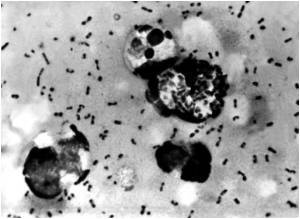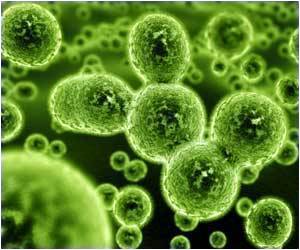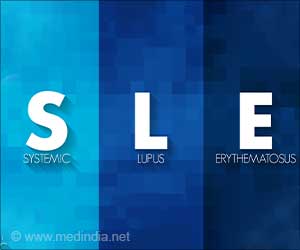Protein NLRP7 serves as a scout in macrophage or white blood cells, detects and eliminates bacteria.

Identifying the molecule was complicated, says Sonal Khare, postdoctoral fellow at Feinberg and first author on the research paper, because the family of proteins within macrophages is quite large. "There were 22 likely candidates. To determine which one of these proteins is able to recognize bacteria in macrophages, we had to remove each one of them," she says. Through process of elimination, the team identified NLRP7 as the required protein.
Stehlik says the finding is significant because it contributes to a better understanding of how bacteria such as Listeria and Staphylococcus are recognized by the immune system. Listeria is found in uncooked meats, vegetables, and fruits such as cantaloupes. In 2011, listeria was the cause of the deadliest food contamination outbreak in the U.S. in more than a decade. S. aureus infections are most commonly contracted in hospitals, and 500,000 patients acquire Staphylococcus infections annually in the U.S. Methicillin-resistant S. aureus, or MRSA, strains are highly resistant to commonly-used antibiotics.
Understanding how the immune system recognizes these deadly intruders could one day lead to novel treatment strategies to combat these infections.
"The next phase of research related to NLRP7 and inflammasomes is progressing," says Stehlik. "We are continuing the research to explore mechanisms behind how this NLRP7 inflammasome is formed. We want to know whether we can manipulate this process to make the response stronger. We also will be exploring the use of mouse models in this pathway to study this response in vivo."
Source-Eurekalert
 MEDINDIA
MEDINDIA




 Email
Email






